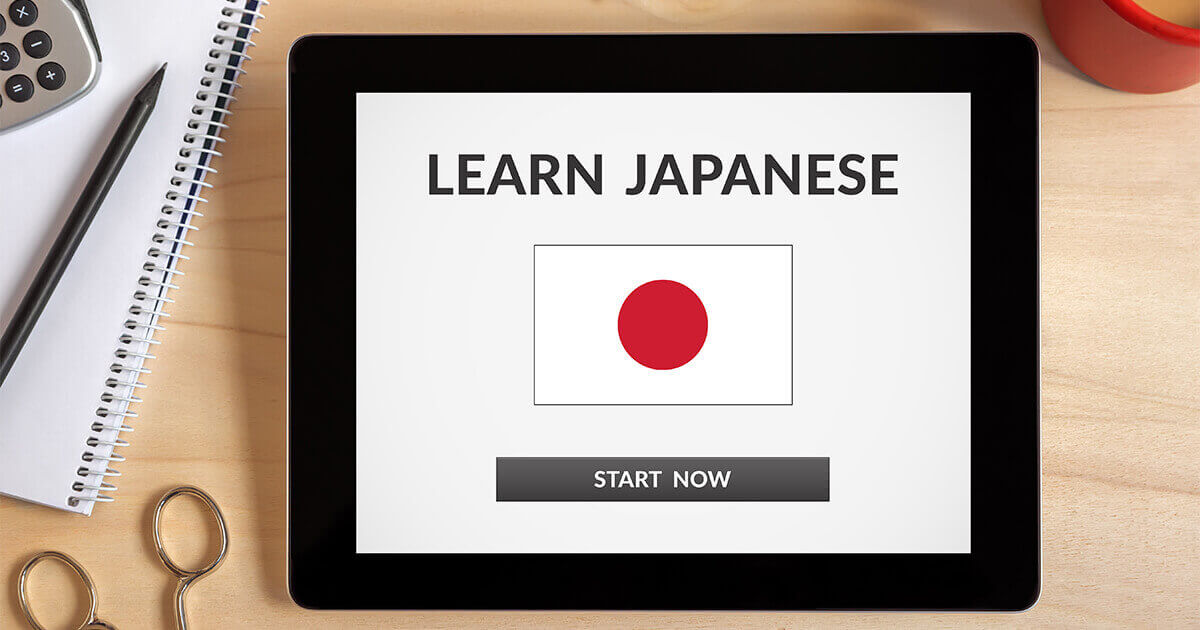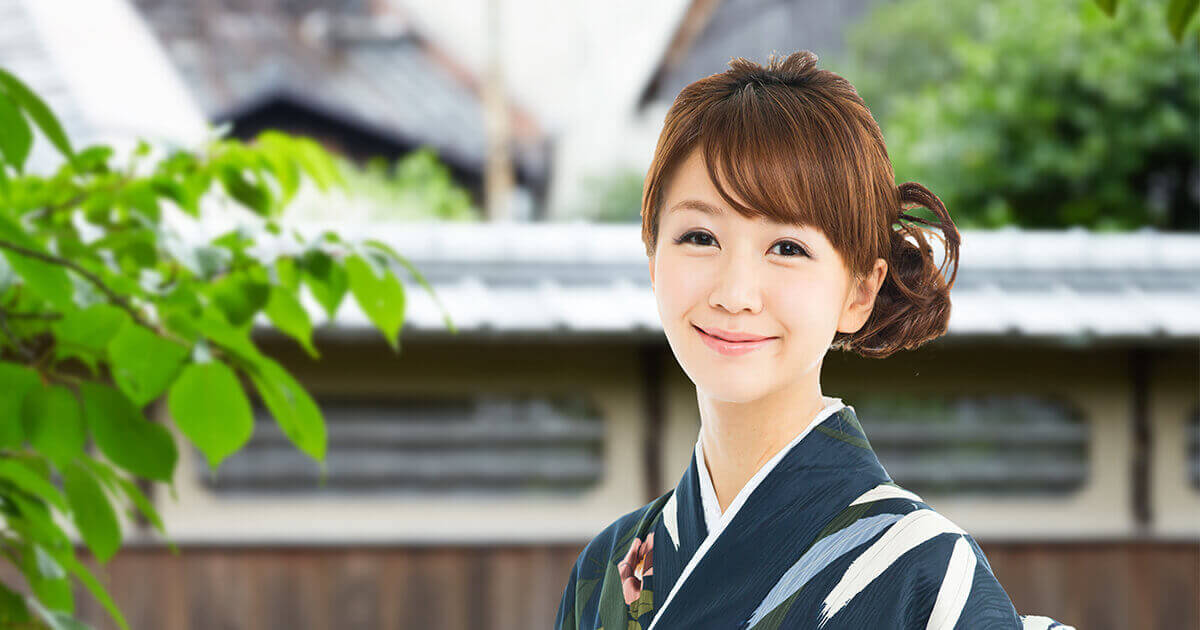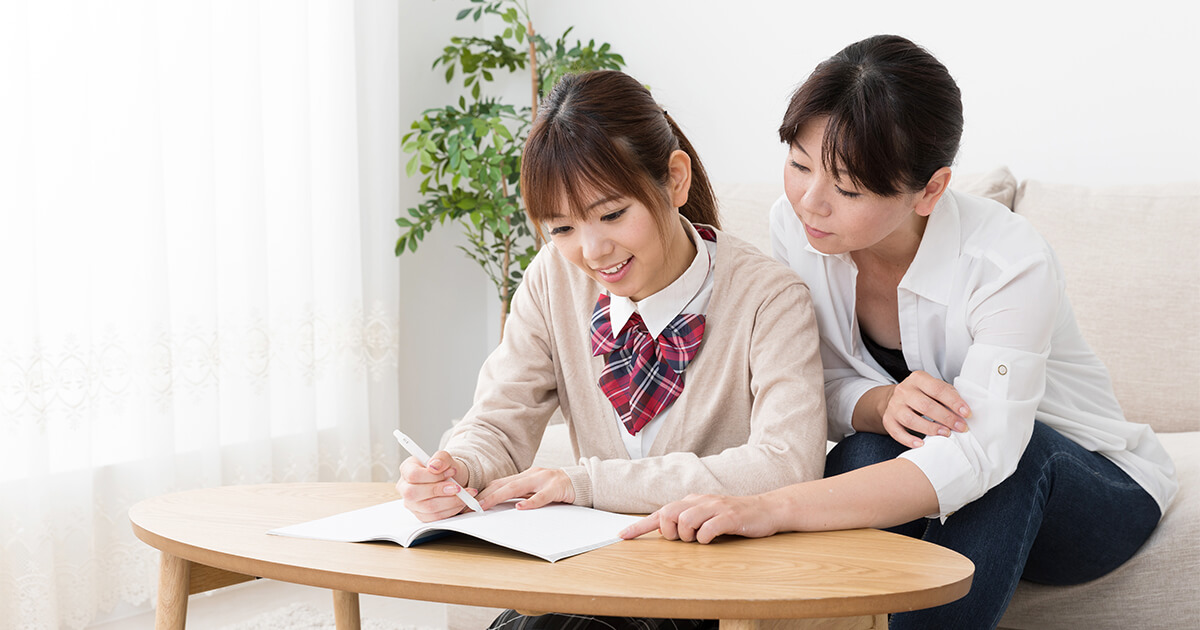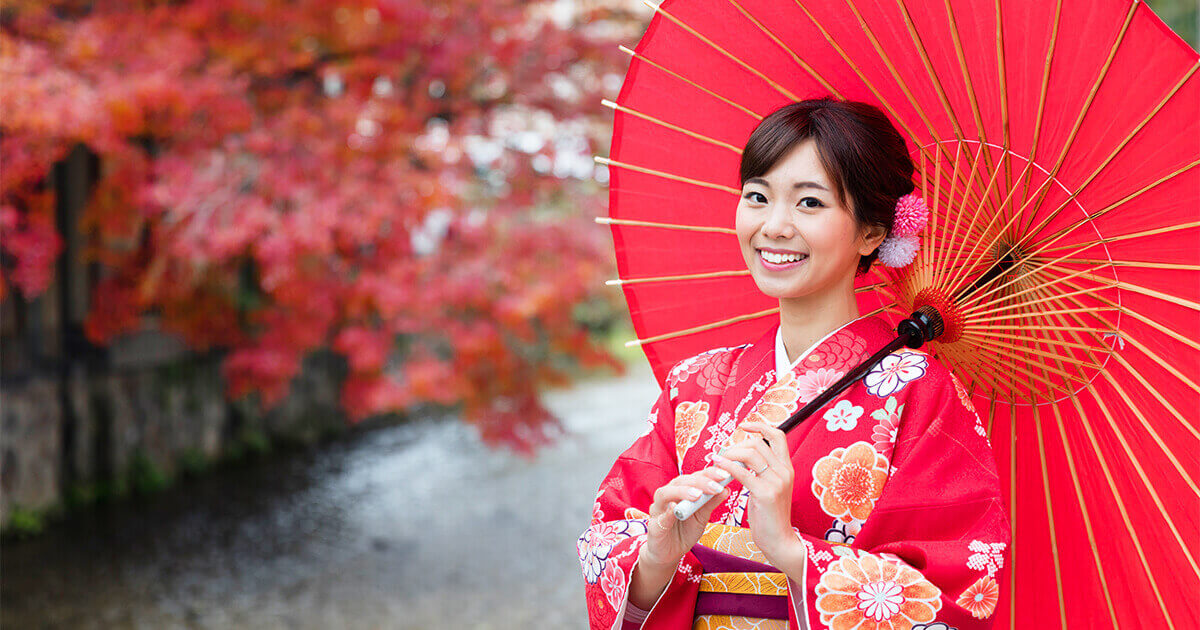
We’ve looked at the characteristics of the Japanese language previously in “Is Japanese language difficult to learn? Let’s look at the characteristics of the language.”
We often hear people say that Japanese is a very difficult language to learn and that it takes a lot of time to master the language. What exactly makes Japanese difficult? Let’s look at the characteristics of the language. Japanese …
Today, let’s talk a little bit more about the word order in Japanese.
Basic word order
What is the word order for a subject, verb, and object in Japanese?
- I eat an apple. SVO
- 我吃苹果。 SVO
- Watashi wa lingo o tabemasu.
私 はりんごを食 べます。 SOV
Previously, we’ve learned that the word order of English and Chinese is SVO, while that of Japanese is SOV.
We often hear people say that Japanese is a very difficult language to learn and that it takes a lot of time to master the language. What exactly makes Japanese difficult? Let’s look at the characteristics of the language. Japanese …
Negative form
How do we make the negative form in Japanese?
- I don’t eat an apple. SVO
- 我不吃苹果。 SVO
- Watashi wa lingo o tabemasen.
私 はりんごを食 べません。 SOV
The word order does not change for all languages but in English and Chinese, the negative expression is placed before a verb.
On the other hand, to make a negative form in Japanese, you have to change the form of the verb itself. This is known as “verb conjugation”. A verb is made up of two parts as seen below.
- Tabe+masu
食 べ+ます
The first half is known as the “stem”. We do not change the stem. We change the second half of the verb to express affirmative, negative, or a different tense in Japanese.
| Tabe |
masu ます | eat |
|---|---|---|
| masen ません | don’t eat | |
| mashita ました | ate | |
| masendeshita ませんでした | didn’t eat |
This might get a bit technical but for your information, English is an “inflective language”, Chinese is an “isolating language”, while Japanese is an “agglutinative language”.
Interrogatives
Next, let’s look at interrogatives.
- Do you eat an apple? SVO
- 你吃苹果吗? SVO
- (Anata wa) lingo o tabemasuka. (あなたは)りんごを
食 べますか。 SOV
Basically the word order does not change for all languages. However, English and Chinese have different ways of making an interrogative sentence even if they belong to the same SVO pattern.
As suggested by the term “inflective language”, in English, the sentence is inflected to express a question. Interestingly, Chinese and Japanese have very similar ways of making an interrogative sentence.
In Chinese, “吗” is added at the end of the sentence, while in Japanese, “かka” is added at the end of the sentence to express a question.
However, there is a crucial difference between the two which is “word omission”. In Japanese interrogative sentences, the (anata wa) part is often omitted.
Word omission
Words are often omitted in Japanese sentences. Let’s look at the following sentences again.
- Do you eat an apple? SVO
- 你吃苹果吗? SVO
- (Anata wa) lingo o tabemasuka. (あなたは)りんごを
食 べますか。 SOV
(Anata wa) is usually omitted. In Japanese, if both the speaker and listener are aware of the subject, or if the context is shared among both parties, the subject or context is usually omitted.
This means that “watashi (I)” and “anata (you)” are omitted from a Japanese sentence.
To make it easier to explain the grammar, we’ve used “watashi” and “anata” in the sentences above but it is also grammatically correct to say it as below. In fact, it is more natural.
- Lingo o tabemasu.りんごを
食 べます。 SOV - Lingo o tabemasen.りんごを
食 べません。 SOV - Lingo o tabemasuka.りんごを
食 べますか。 SOV
If we insert the subject “watashi” in all the sentences, it may come across as overly emphasizing of oneself. Overuse of “anata” may sound like a cross-examination to the Japanese people.
Skillful omission of the subject will make the Japanese language sound more gentle and beautiful.
We’ve looked at the word order, how to make negative and interrogative sentences, and word omission in Japanese today. Students often tell me that they “tend to forget about the word omission”.
Indeed, word omission may be a unique feature in Japanese if we consider the structure of English and Chinese.
However, I think that’s what makes studying the language so interesting.







